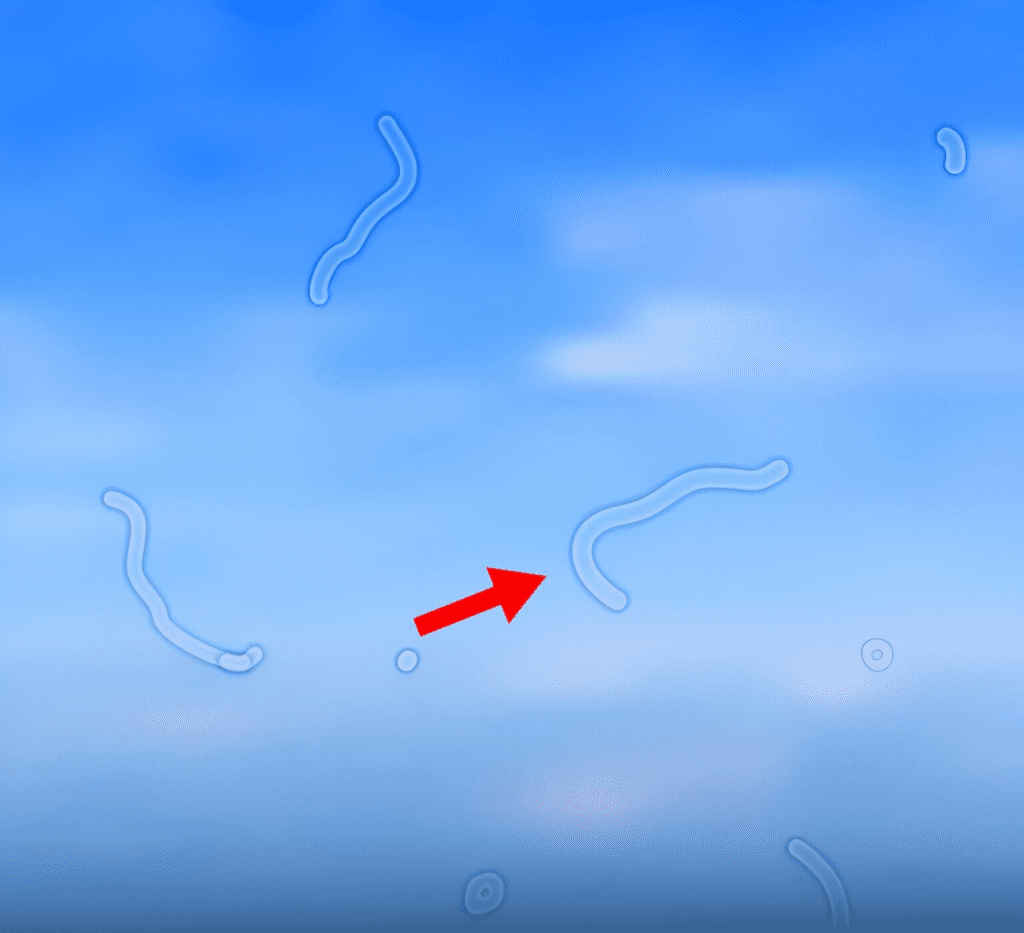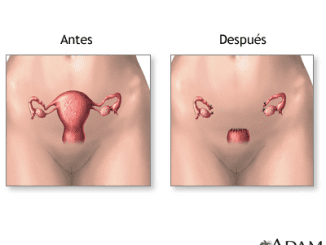
Have you ever noticed tiny specks, threads, or cobweb-like shapes drifting across your vision? Those are called eye floaters, and they’re usually nothing to worry about.
Here’s what you need to know:
What Are Floaters?
Floaters are tiny clumps of gel or cells inside the vitreous—the clear gel-like fluid that fills your eyeball. As you age, the vitreous can shrink or change texture, casting tiny shadows on your retina. That’s what you see as floaters.
Common Causes
- Natural aging (especially after age 50)
- Nearsightedness (myopia)
- Diabetes
- After cataract surgery or eye injury
Warning Signs to Watch For
Most floaters are harmless—but see a doctor right away if you notice:
- A sudden increase in floaters
- Flashes of light
- A dark shadow or curtain in your peripheral vision
These symptoms can signal a retinal tear or detachment, which is a medical emergency.
Treatment Options
In most cases, no treatment is needed. Your brain often learns to ignore floaters over time.
In rare, severe cases:
- Vitrectomy (surgical removal of the vitreous)
- Laser therapy (to break up large floaters)
Both options carry some risks and are only considered if floaters seriously affect your vision.
Tips to Manage Floaters
- Move your eyes: Look up and down to shift the floaters out of your central vision.
- Eat for eye health: Foods rich in vitamin A, omega-3s, and zinc can help.
- Quit smoking: Smoking increases the risk of eye disease.
- Get regular eye exams: Stay on top of any changes in your vision.
Bottom Line
Floaters are usually harmless and part of the normal aging process. But if you suddenly notice more floaters, flashing lights, or a shadow in your vision, see an eye doctor immediately.


